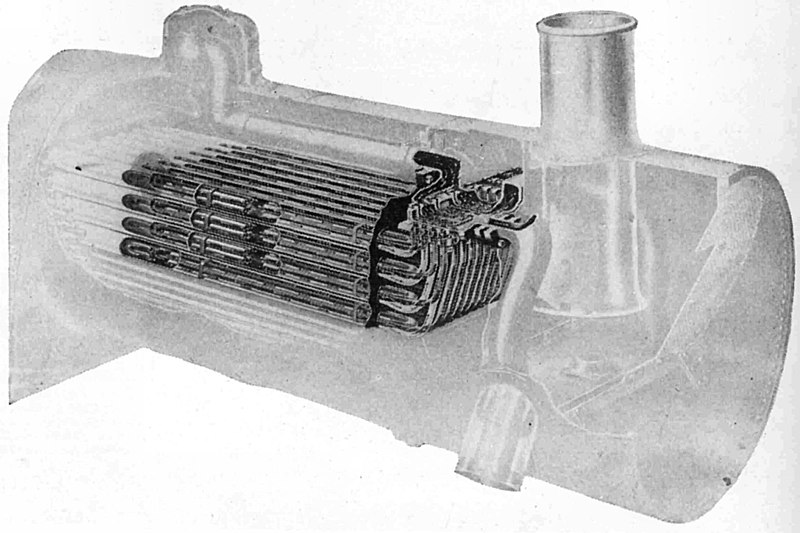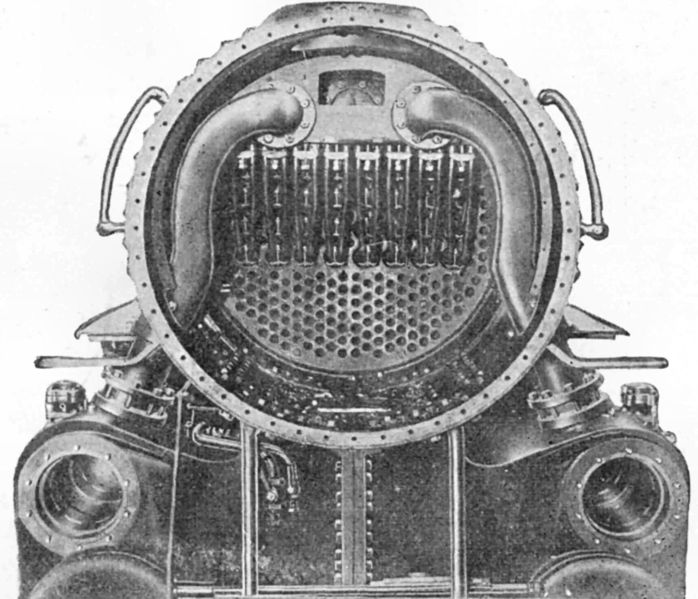CrewCab said:
And where is your camera ;D

;D
As you know, pictures are mandatory 8) ................ have fun Mike

Oooopppss, I deleted all my pictures from that ..... NOT !! ;D This was such a unique experience, I made sure I captured it in bits & bytes !
Thanks for the interests folks, giving me some incentive to organize the pictures. I've got a TON of pictures I can post from the disassembly process. I'll post a few of removing the boiler flues/tubes/& superheater tubes.
What do you use to remove them? Just curious, because at work, we often make some expanding, internal tube-gripping things that, as far as I know, remove some sort of heat-exchanger tubes.
The 8" boiler flues were cut at both ends (firebox/smokebox) with a cutoff wheel and pulled out from the smokebox ends. The 2" boiler tubes ends were cut using a pneumatic rotating tube cutter. The actual cutting tool looks very much like a standard lathe tool.
On the superheater tubes, a lot of ingenuity, rose-bud torch to heat the nuts (on the t-bolt hold the retaining collar) and retaining collar, squirted water into nut/bolt connection to see if the resulting generated steam would help loosen nut, kroil (penetrating oil), 1" - heavy duty impact wrench/socket (absolutely the most helpful tool !!), hammer, breaker bars, lots and lots of ball-busting effort.
They probably don't look like what you are thinking, here's what the superheater setup looks like on a typical steam locomotive boiler :
Images from Wikipedia
http://en.wikipedia.org/wiki/Superheater
Here's some actual pictures from another site :
http://www.watercressline.co.uk/tw/pages/howworks.htm
Smokebox end of the boiler with a few superheater tubes installed. You can see how the tubes fit into the actual boiler flue :
Superheater tubes laying on ground :
Superheater header (upside down)
Full set of superheater tubes installed in boiler flues :
All picture credits to the above web site.
----------------------------------------------------
I'll organize some of my pix and post them too.
This was all volunteer work I did ..... didn't get a dime, busted by butt, came home very tired and very sore and very satisfied and LOVED IT ALL !! Nothing like some hard work to sooth your psyche ! Would do it again in a heartbeat. The whole process has been incredibly interesting to me. Talk about learning how a locomotive is put together, nothing like getting up close and personal with one ;D :big:
Stay tuned !!
Mike










